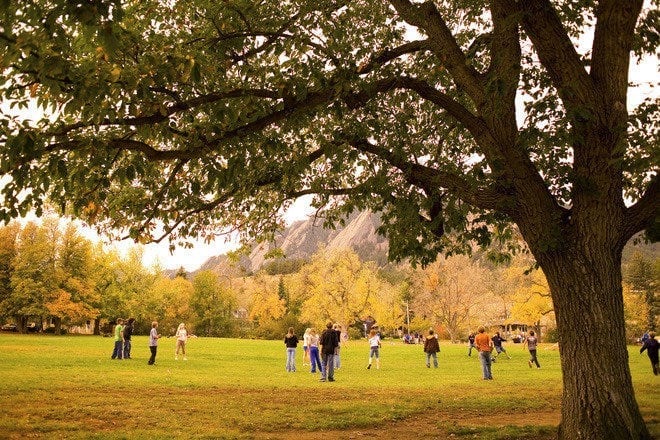Local Funding
Stable, local public funding is essential for a successful and equitable park system. It is the primary source for critical maintenance, operations and programming. Those responsibilities are consistently identified by park leaders as the most challenging to fund, but often not covered by state, federal or philanthropic sources. Equity challenges vary between cities. Stable, local public funding enables communities to address disparities and promote fair and equitable park resources.
Local funding for parks comes primarily from four sources:
- the general fund, allocated by elected officials through the annual budget process,
- revenue generating activities,
- legislative initiatives, approved by local elected officials, and
- ballot initiatives, approved by citizens by popular vote.
Local laws governing voter-approved ballot measures vary, but most jurisdictions allow them, making them a significant source of funding for local parks. According to the Trust for Public Land’s Action Fund, in 2019 alone, voters nationwide approved $5.4 billion in local public funding for parks and public land.
We hope you can use the information below to identify new funding sources and make the case for investing in parks as essential infrastructure in your city. For more information on these and other local public funding approaches, see the report Closing the Gap: Public and Private Funding Strategies for Neighborhood Parks, a joint publication of the City Parks Alliance and the Minneapolis Park and Recreation Board.


